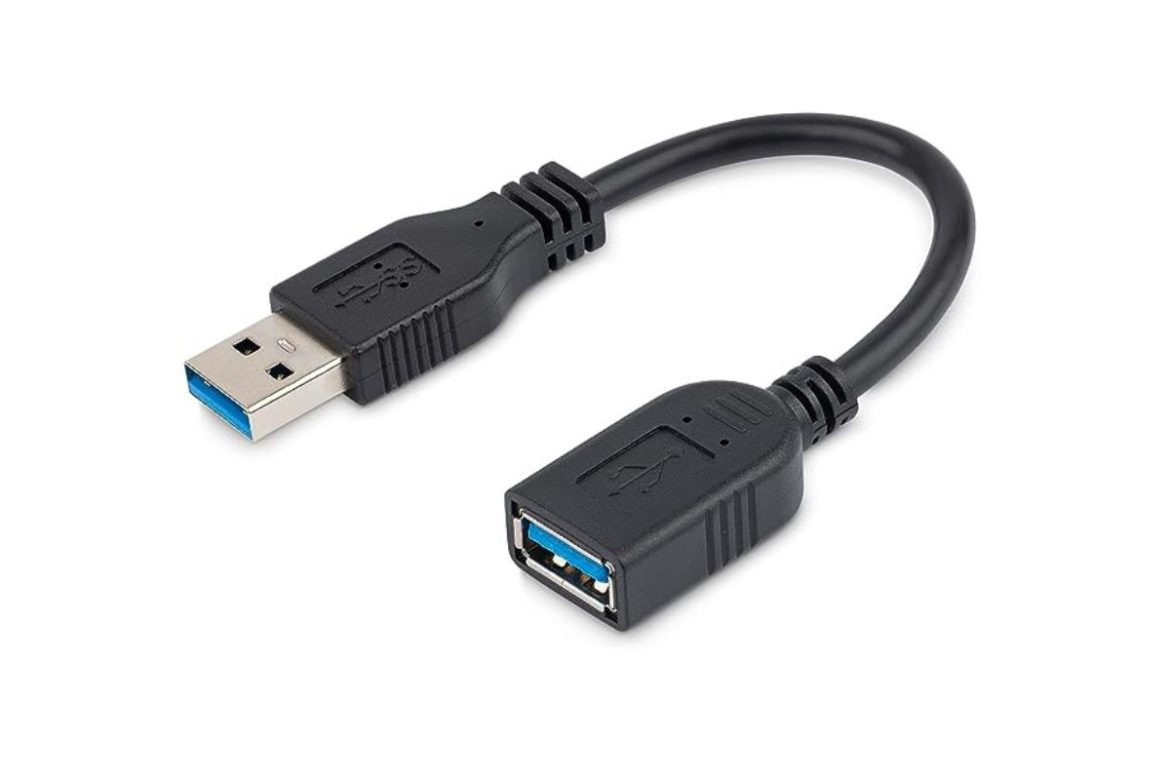Technology advances by leaps and bounds every day, and with it has arrived the USB 3.0 port, a version with great features. This port has incredible transfer speeds, which will surely be very useful for you; if you want to know a little more about it, just keep reading.
What makes USB 3.0 port technology stand out?
The creation of USB 3.0 technology occurred around 2008 when a speed that doubled that of USB 2.0 was offered. This entails great changes in the data transfer systems since it meant a truly incredible speed.
USB 3.0 transfers data at 600 MB/s, an incredible speed considering that 2.0 only works with 60 MB/s. Over the years, some changes have been made, allowing some ports with the latest version to transfer up to 2500 MB/s.
This speed may not be too noticeable at home since transfers to devices such as flash drives do not require great features. The great reception of this connection is given in the sense of data transfer between computers, as it means incredible speeding up.
Known as SuperSpeed USB, a USB 3.0 port can add other features, such as increased device charging speeds. It also highlights that it can offer better energy management, reducing consumption and improving efficiency.
Having this technology opens the doors to a huge variety of possibilities, including compatibility with previous versions. The problem is that when using USB 3.0 technology with other 2.0, the speed is reduced to that of the second.
Is it necessary to have a USB 3.0 port?
Although few devices demand this requirement, implementing a USB 3.0 port can benefit greatly. Mainly the fact that it helps to reduce consumption and the functions are much more intelligent than with other devices.
The fact that many computers today have a USB type C connector, which is accompanied by this technology, makes the implementation of USB 3.0 more and more imminent.
Devices such as some smartphones from brands such as Xiaomi, Samsung or Apple integrate this technology so that data transfer is in a matter of seconds. A USB port is also integrated with the possibility of energy transfer, useful for powering external devices or charging the battery of others.
With this port, energy efficiency is dramatically improved, allowing some devices to charge almost immediately. Another important aspect is that many devices can be disabled thanks to their connection to this port.
What are the characteristics of a port that can count on USB 3.0?
On computers, there are two types of USB 3.0 ports, one A and one B; additionally, they can have different transfer capacities. Port A is the most traditional, characterized by its integration into most computers and even devices such as external hard drives. This has a width of 11.5 mm and a height of 4.5 mm.
On the other hand, the USB Type B ports are a little smaller, at 8.45 mm wide and 7.78 mm high. This is commonly used for printers, scanners, fax machines, and other office devices.
When talking about speed, it should be mentioned that USB 3.0 technology has evolved; Therefore, depending on the port’s version, the speed will vary. Those with basic technology, USB 3.0, transfer 600 MB/s.
Then, the evolution creates the USB 3.0 Gen technology, which is divided into two partitions, Gen 1 and 2, and then the newer 2×2 is added. These have transfer speeds that stand out by exceeding unthinkable limits and currently offer excellent possibilities.
In the case of USB 3.0 Gen 1, the speed is 5000 MB/s, almost ten times that of the original technology. Later, Gen 2 manages to reach 10,000 MB/s; finally, Gen 2×2 doubles this speed with 20,000 Mb/s. A USB 3.0 port can easily support these transfer capabilities, which can be upgraded by upgrading to a 3.1 or 3.2 port.
Also Read : Data Backup: The CIO’s Checklist For “Immutable” Data




